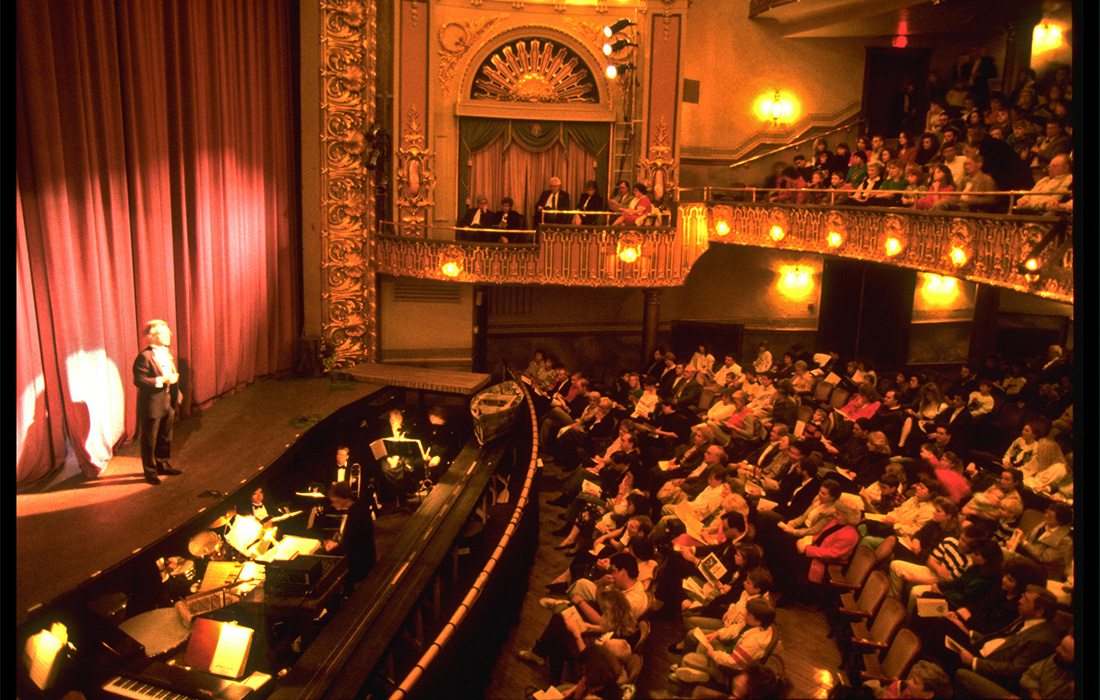

The city lies within Oklahoma's 2nd congressional district, represented by Markwayne Mullin since 2013. Ward Four Councilman – Vicki Lewis Īs of 2015, the city is represented in the Oklahoma House of Representatives by Democrat Ben Loring, and in the Oklahoma Senate by Republican Micheal Bergstrom.Local government in Miami consists of an elected Mayor at-large and four councilmen representing four Wards. In 2020, about one in four residents lived in poverty. About 14.2% of families and 19.2% of the population were below the poverty line. Males had a median income of $32,699 versus $25,320 for females. The median income for a household in the city was $34,561, and the median income for a family was $42,313. The population was 53.2% female and 46.8% male.

In the city, the population was spread out, with 24.7% under the age of 18, 57.1% from 18 to 64, and 18.2% who were 65 years of age or older. The average household size was 2.46 and the average family size was 3.07. Single individuals living alone accounted for 31.9% of households and individuals 65 years of age or older living alone accounted for 14.7% of households. There were 5,315 households, out of which 31.9% had children under the age of 18 living with them, 44.6% were married couples living together, 15% had a female householder with no husband present, and 36.2% were non-families. Hispanic or Latino of any race made up 4.8% of the population. The racial makeup of the city was 68.9% white, 1.3% African American, 17.1% Native American, 0.5% Asian, 2% Pacific Islander, 2.1% from other races, and 8% from two or more races. The population density was 1,258.7 people per square mile (485.9/km 2). a one percent decline from 13,704 at the 2000 census.

Demographics Historical population CensusĪs of the 2010 census, there were 13,570 people, 5,315 households, and 3,337 families residing in the city. Town residents and neighboring Native American groups have objected to maintaining high water levels on the river at Pensacola Dam and its popular vacation area, Grand Lake, on the grounds that when water backs up downstream, it can increase Miami's flooding problems. The town has flooded more than two dozen times since the 1990s, most recently during the 2019 Arkansas River floods. Miami is located on the Neosho River, and was severely affected by the Great Flood of 1951. According to the United States Census Bureau, the city has a total area of 9.8 square miles (25 km 2), of which 0.1 square miles (0.26 km 2) (0.82%) is covered by water. It is the capital of the Miami Tribe of Oklahoma, after which it is named the Modoc Tribe of Oklahoma, Ottawa Tribe of Oklahoma, Peoria Tribe of Indians, and Shawnee Tribe. An historic section of the Route 66 roadbed is marked in Miami. US Route 66 in Oklahoma also passed through Miami. Miami was on the route of the Jefferson Highway established in 1915, with that international road running more than 2,300 miles (3,700 km) from Winnipeg, Manitoba in Canada across the border and to New Orleans, Louisiana. As mining increased and more mills were built, the population more than tripled to 6,802 by 1920. In 1907, at the time of statehood, its population was 1,893. The discovery of rich deposits of lead and zinc under Quapaw land a few miles north caused Miami to boom. In 1895, Miami incorporated and had more than 800 residents.

On June 25–26, 1891 they held an auction of lots. Lykins, Richardville and Manford Pooler, chief of the Ottawa, are identified in historical accounts as "fathers of Miami." Lykins' company, the Miami Town Company, bought 588 acres (238 ha) of land from the Ottawa for ten dollars an acre. That meeting resulted in Congress authorizing the secretary of the United States Department of the Interior to approve the townsite purchase from the Ottawa. Richardville, chief of the Miami Tribe of Oklahoma, who agreed to meet in turn with the U.S. Congress to pass legislation on March 3, 1891, to establish the town. it was settled in a business-like way by men of vision who looked into the future and saw possibilities. Per the Encyclopedia of Oklahoma History and Culture ". The city was founded in an unusual way, compared to other towns established in Indian Territory. As of the 2020 census, the population was 12,969. Miami is the capital of the federally recognized Miami Tribe of Oklahoma, after which it is named the Modoc Tribe of Oklahoma, the Ottawa Tribe of Oklahoma, the Peoria Tribe of Indians, and the Shawnee Tribe. Lead and zinc mining were established by 1918, causing the area's economy to boom. Miami ( / m aɪ ˈ æ m ə/ my- AM-ə) is a city in and county seat of Ottawa County, Oklahoma, United States, founded in 1891.


 0 kommentar(er)
0 kommentar(er)
